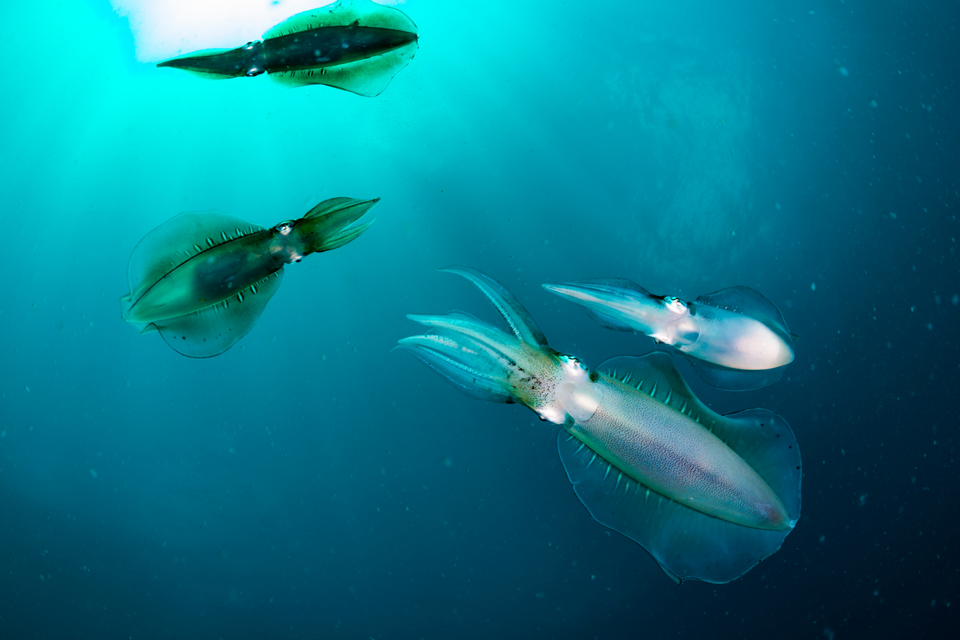Active camouflage is an essential survival technique for many cephalopods such as octopuses, cuttlefish, and squids.
The cells in these creatures can control how light scatters off them, hence allowing them to change color. In some cases, these creatures can turn transparent, essentially becoming invisible to onlookers.
As you can imagine, such an ability could be useful in creating a new camouflage material.
However, the researchers at the University of California, Irvine, weren’t looking to transfer this superpower into just any material. Instead, they wanted to figure out how to make the human cell invisible — and they did.
In a statement about the study, lead author and UCI doctoral student in chemical and biomolecular engineering, Atrouli Chatterjee said:
“Our project – which is decidedly in the realm of science – centers on designing and engineering cellular systems and tissues with controllable properties for transmitting, reflecting, and absorbing light.”
In other words, the team drew inspiration from cephalopod skin to gene-hack human cells into turning invisible.
The researchers described how they achieved this feat in their published paper in the journal Nature Communications.
Transferring Active Camouflage from Squids into Human Cells
For the study, the researchers considered the Doryteuthis opalescens. It’s a specific specie of squid that can change a stripe along its body from white to transparent.
The stripe consists of reflective cells called leucophores. Meanwhile, the leucophores contain particles called leucosomes, which in turn, consists of proteins called reflectins.
All these structures work together to enable the squids to scatter light, and this produces iridescent camouflage or transparency.
Next, the UC Irvine team attempted to introduce this ability into human cells. So, they genetically engineered a human embryonic kidney to express reflectin.
To the researchers’ surprise, it worked. The proteins gathered into particles inside the cells and altered how they scattered light.
Co-author of the study, Alon Gorodetsky noted:
“We were amazed to find that the cells not only expressed reflectin but also packaged the protein in spheroidal nanostructures and distributed them throughout the cells’ bodies.”
In another test, the scientists noted that the cells’ sodium levels could control the active camouflage.
Cells with higher sodium levels appeared to scatter more light and stand out in their surrounding. On the other, cells that were exposed to lower sodium levels did the opposite.
“This project showed that it’s possible to develop human cells with stimuli-responsive optical properties inspired by leucophores in cephalopods,” says Gorodetsky. “And it shows that these amazing reflectin proteins can maintain their properties in foreign cellular environments.”

















Comments (0)
Least Recent